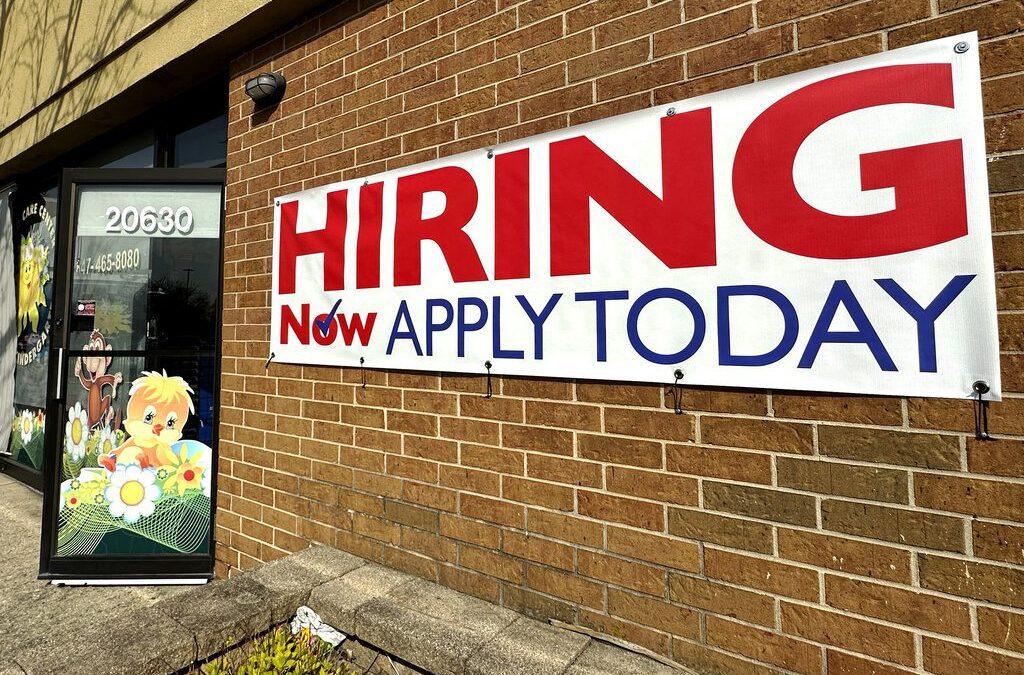
#image_title
Working from home, once a dream for many, has become a reality for millions of workers during the pandemic.
Nearly half of the U.S. is working from home, according to a Brookings University study. Benefits are clear: Increased productivity; decreased stress. No commuting, which researchers have tied to anything from failing marriages to a heightened obesity risk. A higher level of job satisfaction. Maybe even reduced pollution.
And people have taken quite well to working from home. About 43 percent of respondents to a recent survey from getAbstract said they hope to work from home more often after the pandemic, compared to 35 percent who said they want to return to their normal schedule (and 12 percent who, for some reason, want to spend even more time in an office).
But working from home is by and large a luxury afforded to society’s white-collar workers.
Just over half of workers with bachelor’s degrees reported they were able to work from home, according to federal Bureau of Labor Statistics data. Among the less-educated workforce, the numbers plummet. Just 24 percent of workers who have completed some college or earned an associate’s degree can work from home, and only about 13 percent of workers with a high school diploma could do so.
About 30 percent of white workers reported the capability of working from home, compared to about 20 percent of black workers, according to BLS.
Many Wisconsin workers are also unable to take advantage of working from home. The Wisconsin economy has a huge share of workers in manufacturing, transportation, health care, and construction — all fields which do not typically allow telecommuting.
But if you do find yourself in a work-from-home situation, there are still significant obstacles to your workday. It can be all too easy to fall to one of two extremes: You either get profoundly distracted, or let work consume you at every waking moment.
“Because there’s less structure, you may actually work too much, focus too hard, and get burned out,” Paige Cohen, senior associate editor of the Harvard Business review, says in a handy guide video on best practices for working from home.
To fight this, stick to a schedule, follow a routine, and set boundaries with kids, spouses, and pets, PC Magazine recommends. And don’t be afraid to take a break and tend to other needs in your house or apartment.
Both PC Magazine and Cohen recommend setting up a dedicated workspace if you have room for it. Here’s how you can do that, even if you’re short on space.

New Biden rules deliver automatic cash refunds for canceled flights, ban surprise fees
In the aftermath of a canceled or delayed flight, there’s nothing less appealing than spending hours on the phone waiting to speak with an airline...

One year on the Wienermobile: The life of a Wisconsin hotdogger
20,000+ miles. 16 states. 40+ cities. 12 months. Hotdogger Samantha Benish has been hard at work since graduating from the University of...

Biden makes 4 million more workers eligible for overtime pay
The Biden administration announced a new rule Tuesday to expand overtime pay for around 4 million lower-paid salaried employees nationwide. The...

‘Radical’ Republican proposals threaten bipartisan farm bill, USDA Secretary says
In an appearance before the North American Agricultural Journalists last week, United States Department of Agriculture (USDA) Secretary Tom Vilsack...




